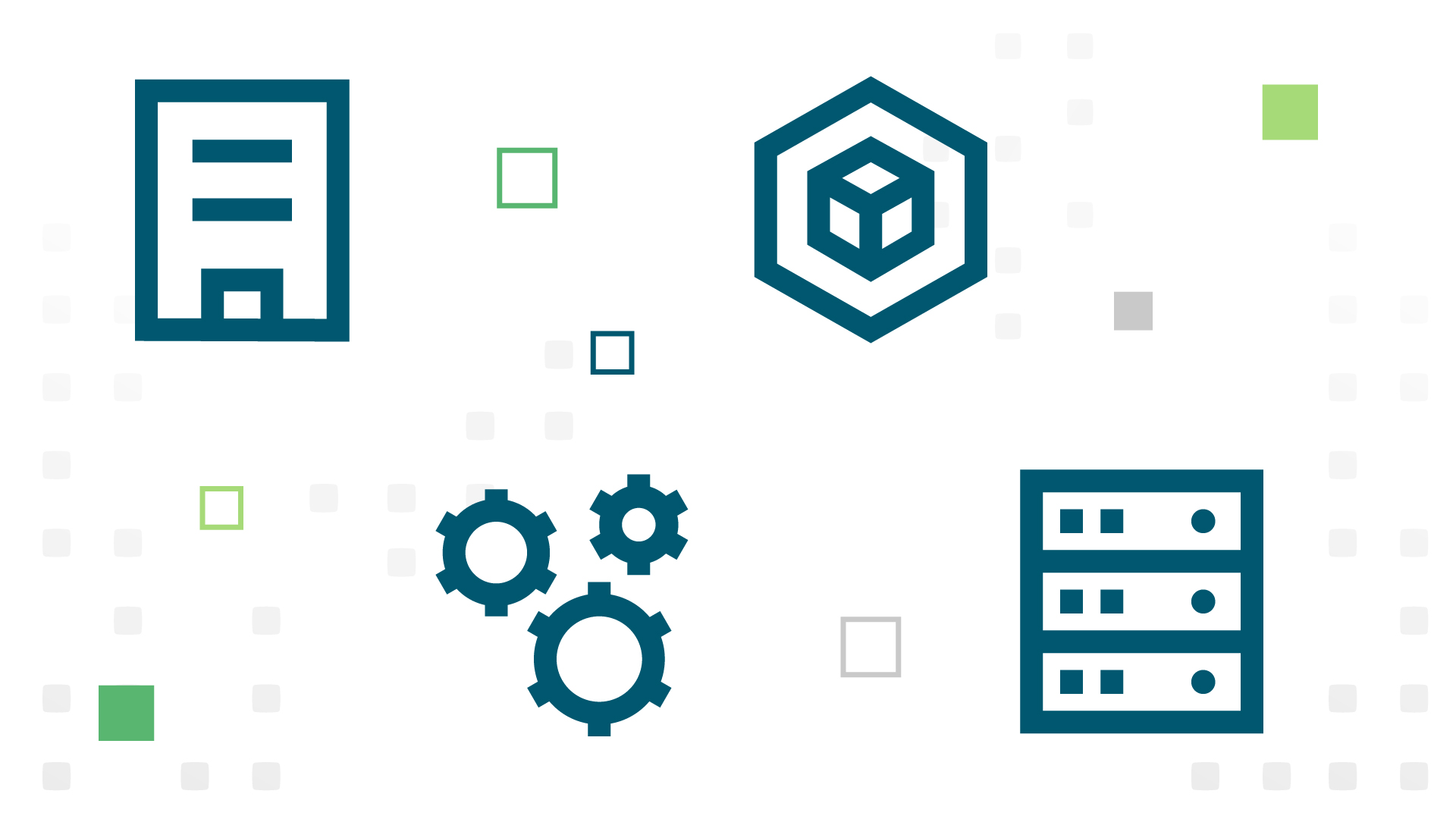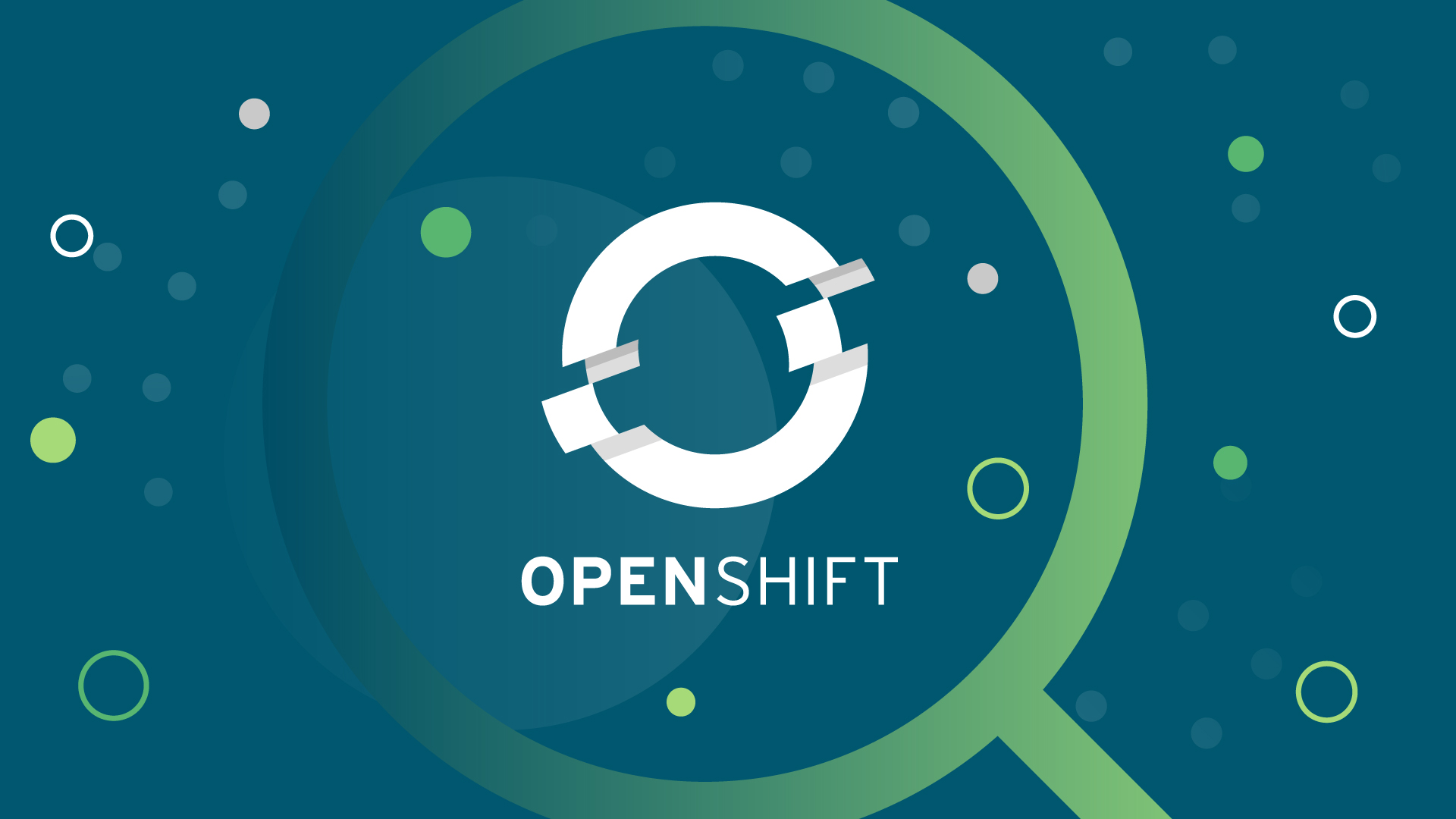As adoption of Kubernetes continues to grow, one question many enterprise CIOs ask is which tools are available to help them implement and manage their Kubernetes clusters effectively?
In this edition of Tech We Like, we’re highlighting four of the supporting tools we often recommend to clients who are looking to better manage their container orchestration.
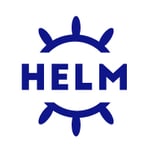 1. Helm
1. Helm
A Cloud Native Computing Foundation graduated project, Helm is one of the leaders when it comes to package management in the Kubernetes landscape. This open-source tool allows you to not only version control your deployments, but the services and ingress rules as well.
Download Now: The Recipe for Deploying Managed Kubernetes On-Premises
In addition, Helm has interpolation capabilities so you can build out your Kubernetes to run QA, stage, and production instances using the same Kubernetes resources underneath the covers.
As a result of all these features, Helm can greatly ease and accelerate how an enterprise uses Kubernetes.
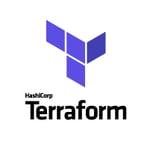 2. Terraform
2. Terraform
As an infrastructure provisioning tool, Terraform is not really suited for an on-premises environment. But used in tandem with a Kubernetes on-premises tool like Google Anthos, it’s often essential.
The key is the ability to provision the infrastructure with code. This includes setting up your initial virtual networks, machines, and storage with code that follows best practices. The enterprise version also includes features like Sentinel for policy enforcement, which affords you stricter control over your Google Cloud Platform (GCP) subscription across a large organization with independent teams.
With Terraform, even those enterprises that still rely upon on-premises infrastructure are still able to get the most out of their hybrid cloud environments.
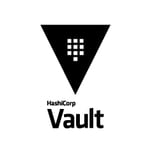 3. Vault
3. Vault
For identity and secret management, Vault provides dynamic credentialing that allows you to have the flexibility to grant temporary access.
For example, instead of going to GCP and getting API access, users or applications are able to request their credential from Vault that automatically expires after a certain amount of time. Since Vault is from the same company behind Terraform, it also works perfectly within our recommended tech stack.
 4. Jenkins
4. Jenkins
For building and deploying apps into the cluster, it’s hard to go wrong with Jenkins. This venerable tool, in combination with the Kubernetes plugin, makes it much easier to auto-scale nodes to your clusters during spikes in job counts, then bring down those nodes efficiently once work is done.
This not only saves you resources, it provides you with all the benefits of utilizing pipelines without the overhead or having to worry about managing worker machines.
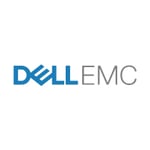 5. Dell EMC infrastructure
5. Dell EMC infrastructure
For those enterprises deploying Kubernetes on premises, Dell EMC infrastructure has a number of platforms available. Additionally, tools like Google Anthos and Dell EMC Isilon can make managing Kubernetes and increasing capacity for large-scale workloads viable.
Learn more about leveraging Google Anthos on premises with Dell EMC by reading our free guide, The Recipe for Deploying Managed Kubernetes On-Premises.
Categories
- Cloud Migration and Adoption
- Enterprise IT and Infrastructure
- Artificial Intelligence and Machine Learning
- Data Management and Analytics
- DevOps and Automation
- Cybersecurity and Compliance
- Application Modernization and Optimization
- Featured
- Managed Services & Cloud Cost Optimization
- News
- Workplace Modernization
- Tech We Like
- AWS
- Social Good News
- Cost Optimization
- Hybrid Cloud Strategy
- NVIDIA
- Application Development
- GPU





